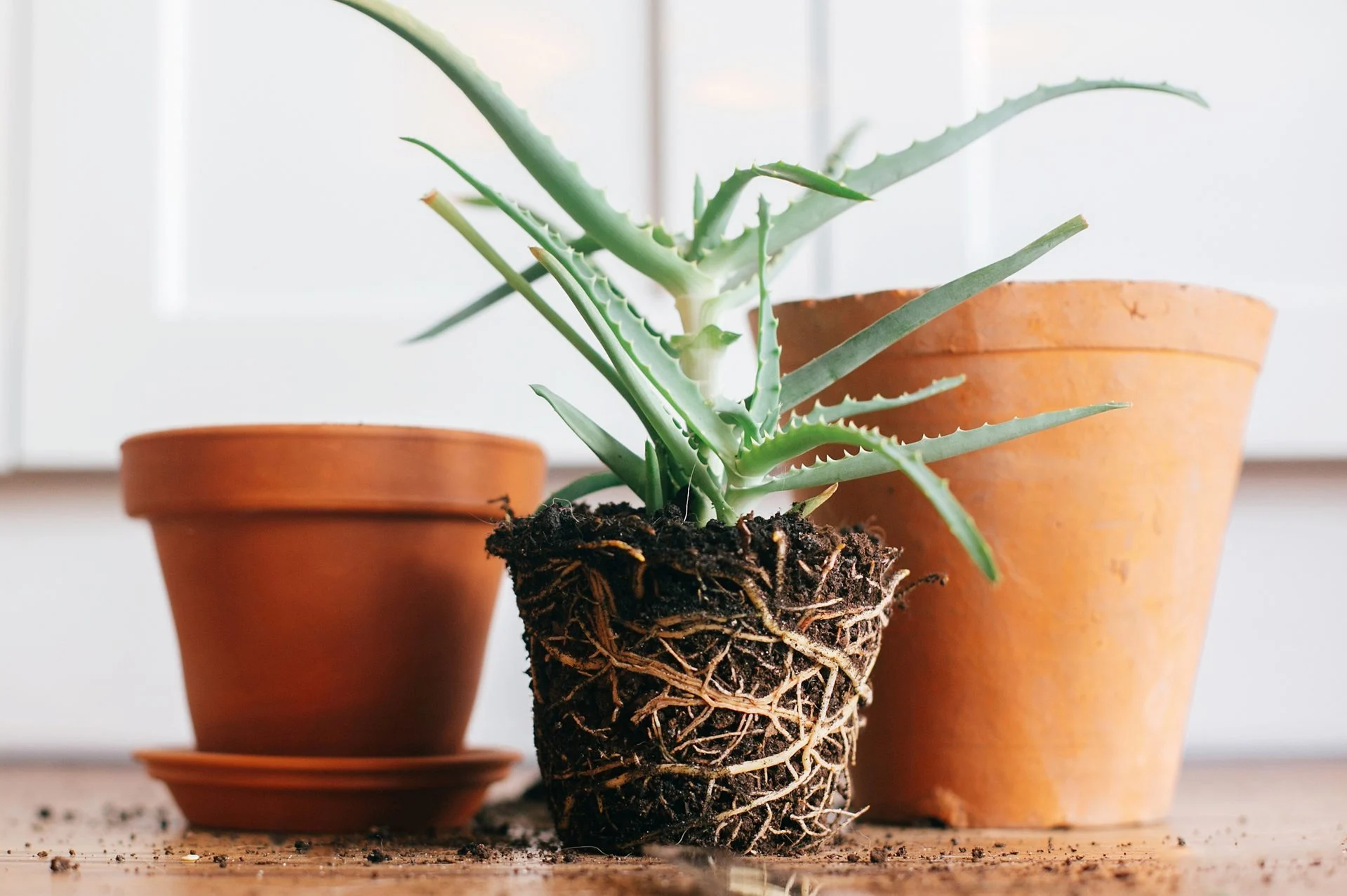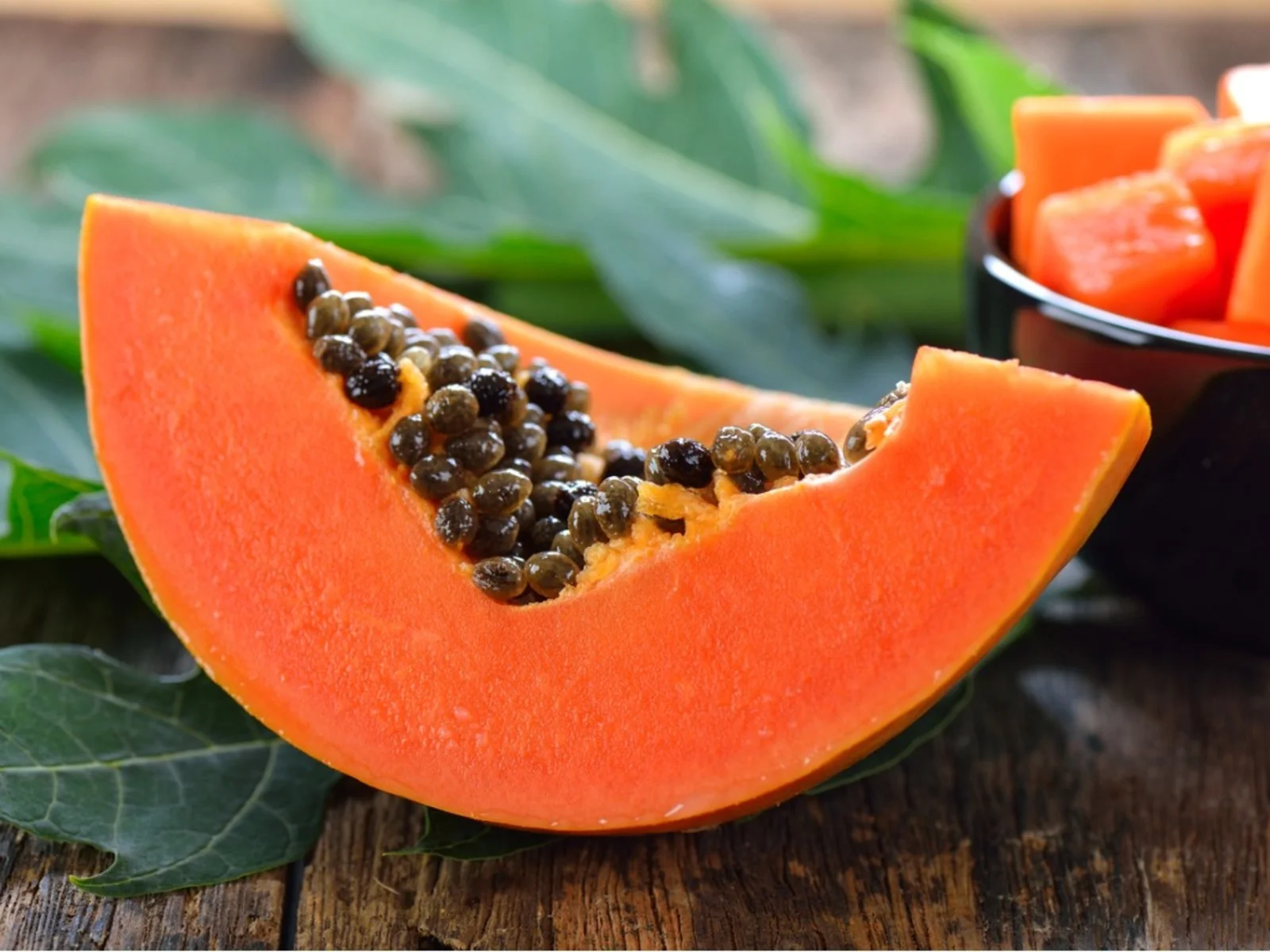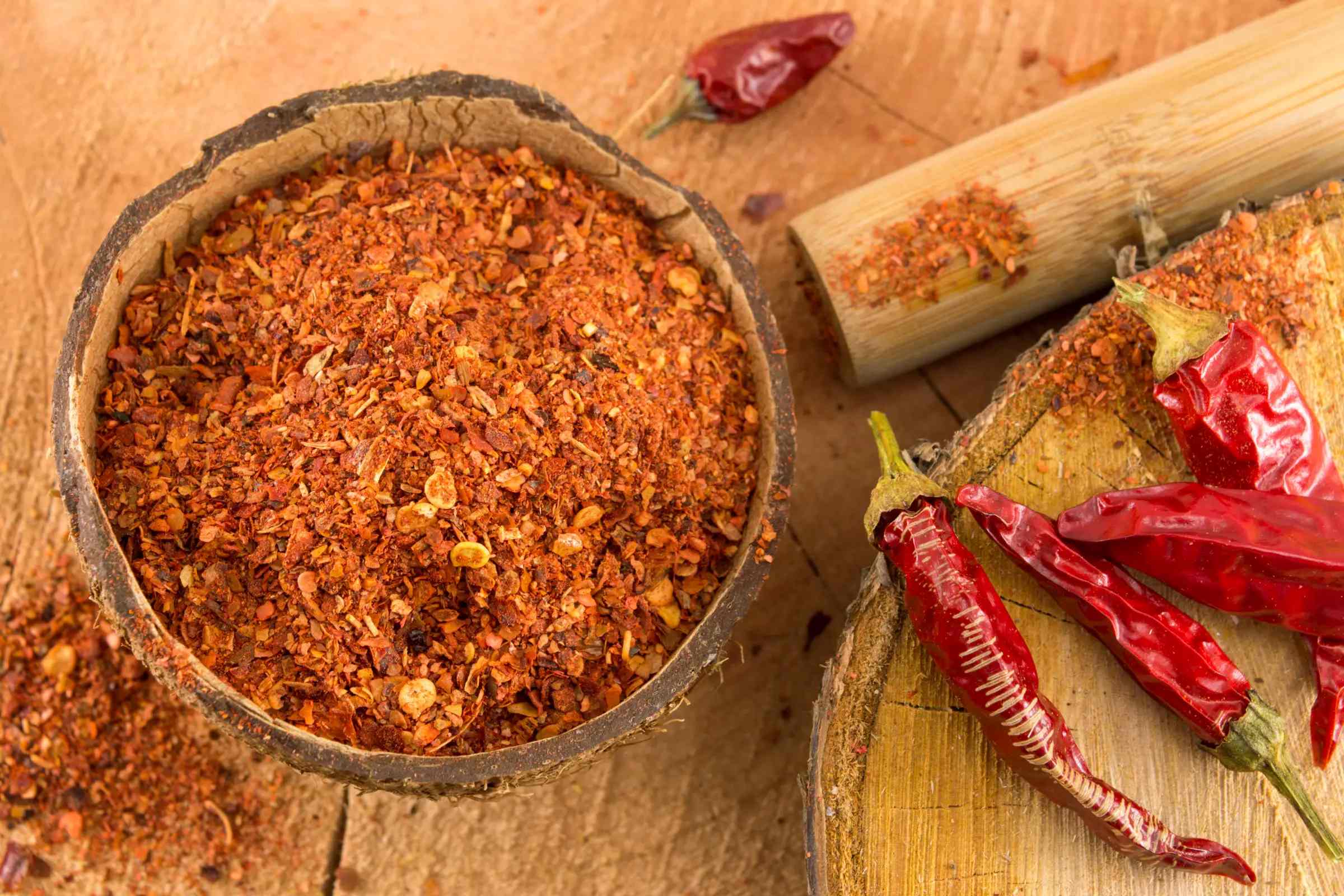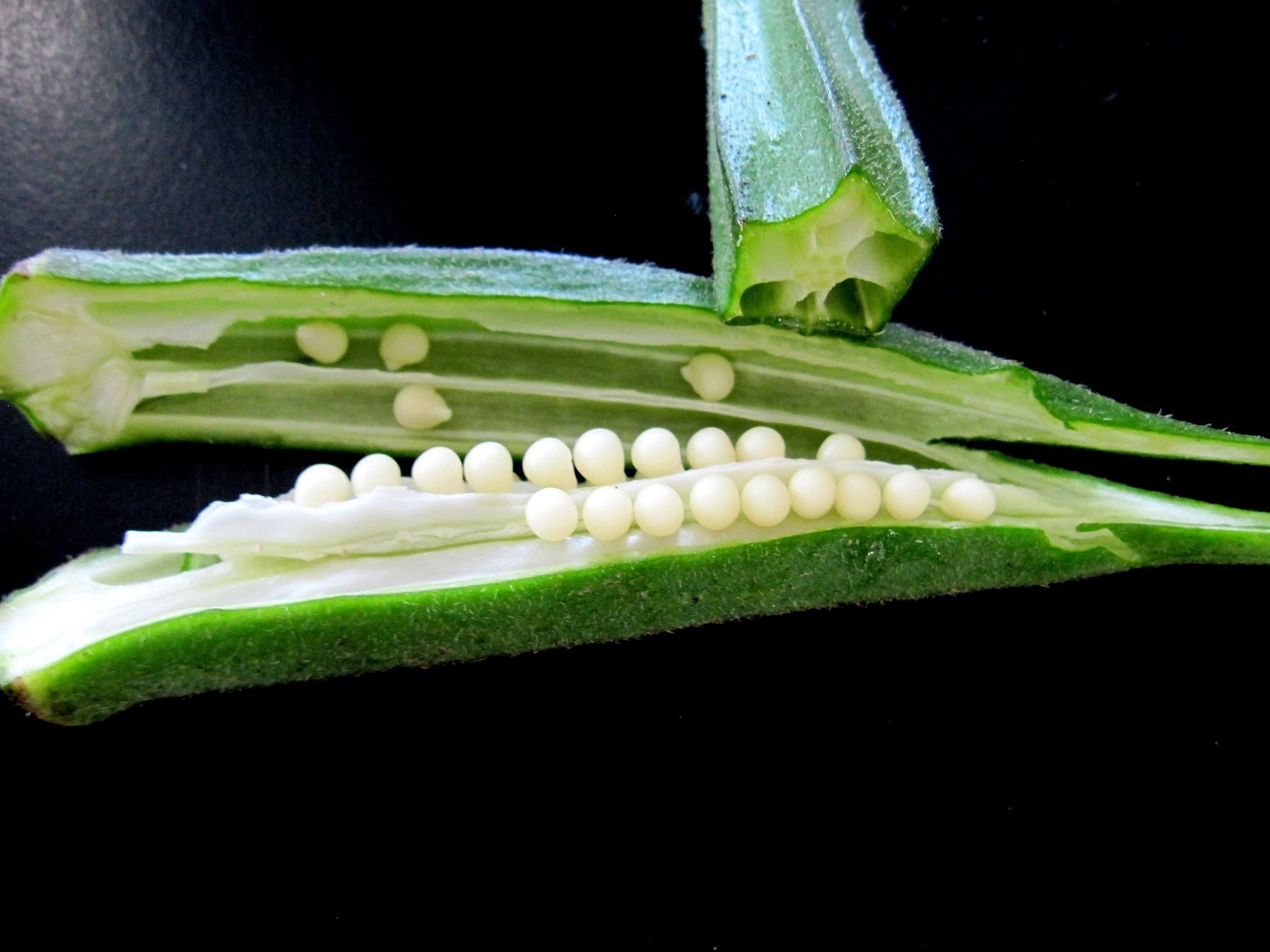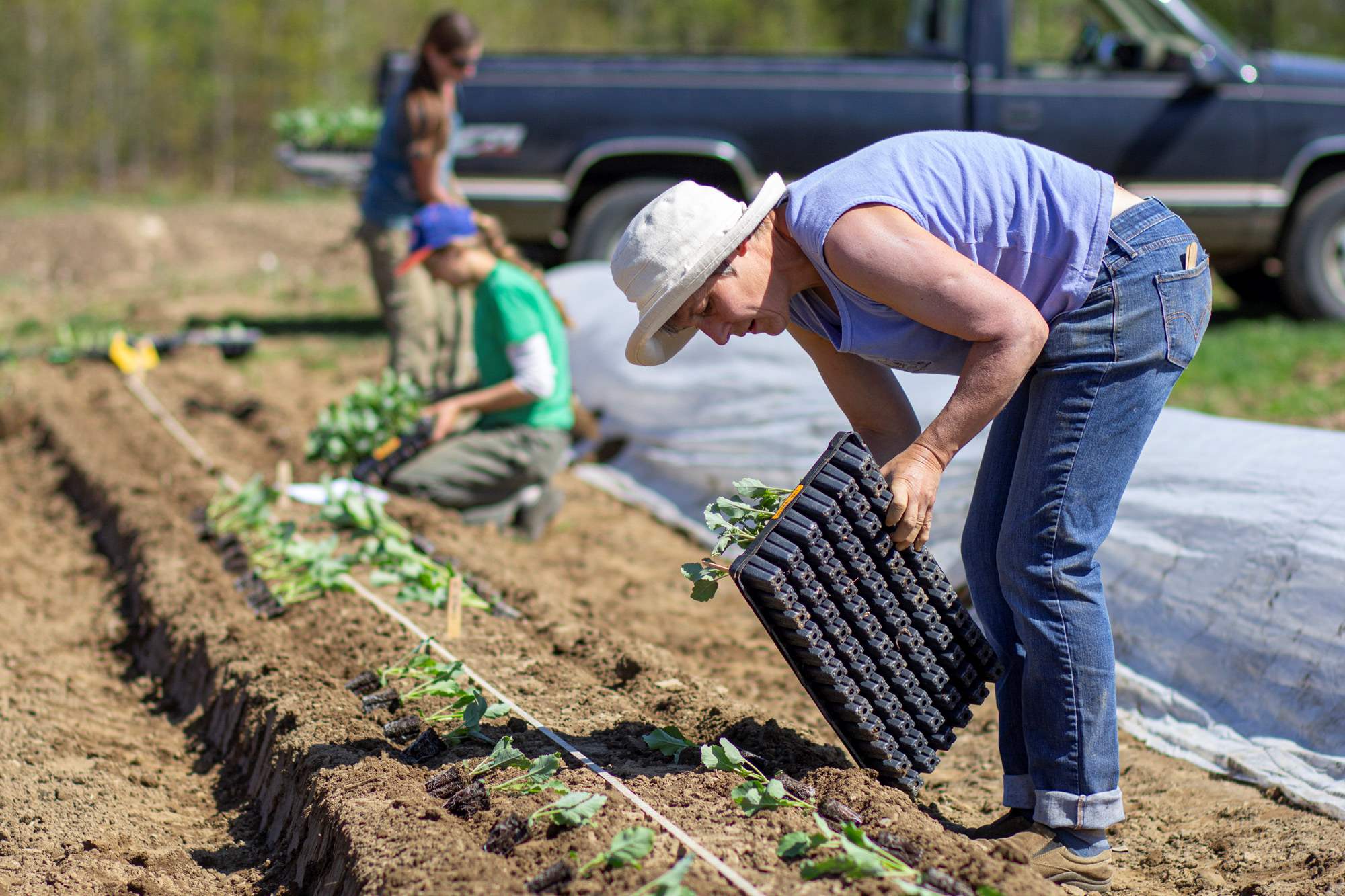Home>Gardening Basics>Understanding Soil>How Long Do Monstera Roots Need To Be Before Planting
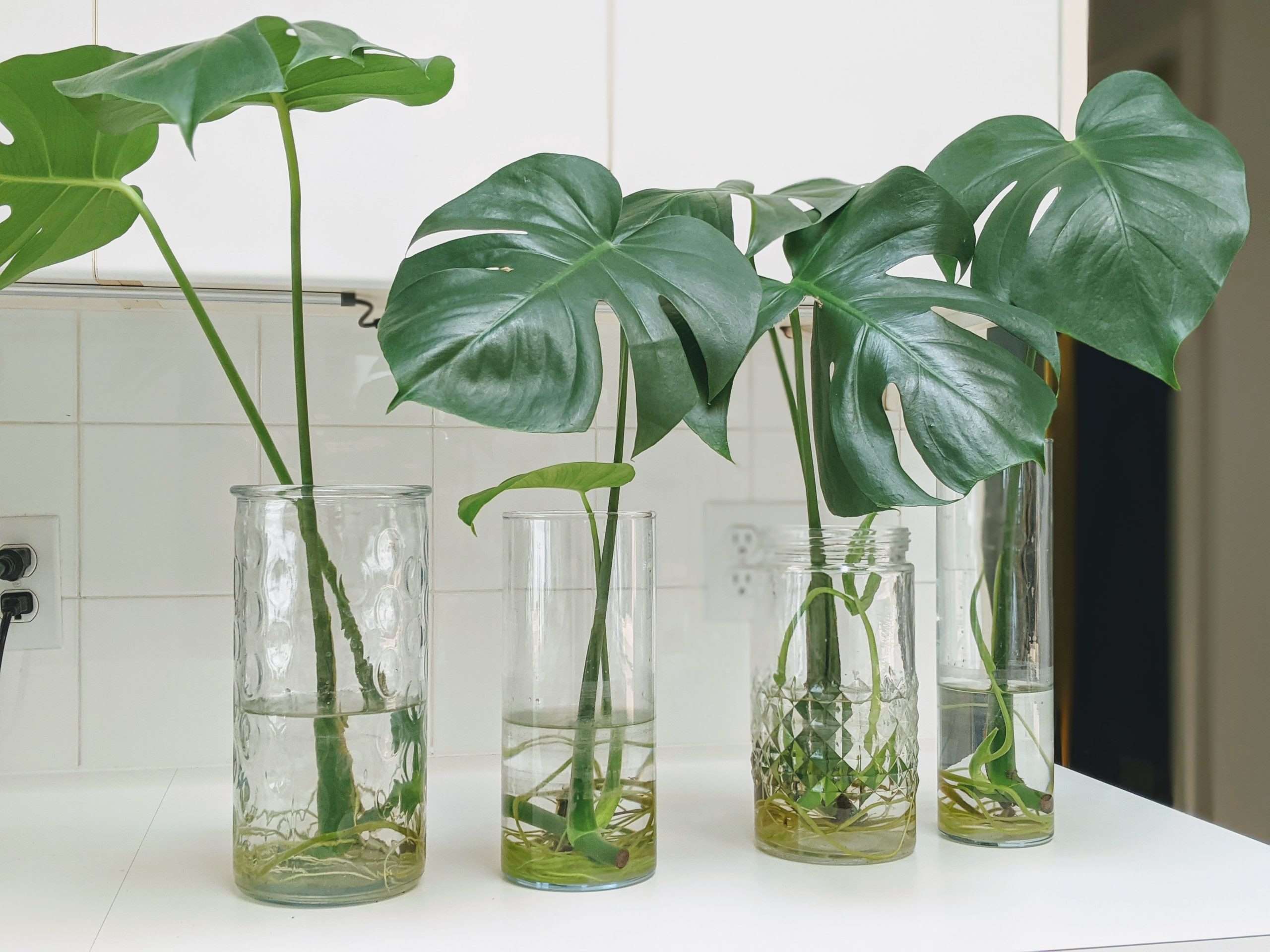

Understanding Soil
How Long Do Monstera Roots Need To Be Before Planting
Modified: January 22, 2024
Learn the importance of understanding soil for successful Monstera plant growth. Discover how long Monstera roots should be before planting to ensure healthy and thriving plants.
(Many of the links in this article redirect to a specific reviewed product. Your purchase of these products through affiliate links helps to generate commission for Chicagolandgardening.com, at no extra cost. Learn more)
Table of Contents
Introduction
Welcome to the world of monstera plants and the fascinating topic of understanding their roots. Whether you are a seasoned gardener or just starting out on your green thumb journey, understanding soil is key to successful plant growth. Plants, including the popular monstera, rely on their roots for water absorption, nutrient uptake, and stability. But how long do monstera roots need to be before planting? In this article, we will delve into the wonderful world of monstera roots, exploring why root length is important, the factors that affect it, and techniques to encourage optimal root growth.
Monstera plants, scientifically known as Monstera deliciosa, are renowned for their beautiful foliage and distinctive aerial roots. These tropical vining plants, native to the rainforests of Central America, have gained popularity as houseplants due to their hardiness and ornamental value. To ensure that your monstera thrives, it is crucial to have a good understanding of their roots and their specific requirements.
Roots play a vital role in a plant’s overall health and well-being. They are responsible for absorbing water and nutrients from the soil, providing essential support and stability to the plant, and storing energy reserves. The length of the roots is a crucial factor that determines a plant’s ability to absorb water and nutrients effectively.
When it comes to monstera plants, the length of the roots before planting is an important consideration. Having sufficiently long and well-developed roots is crucial to ensure that your monstera plant can establish itself and thrive in its new environment. Proper root length allows the plant to efficiently absorb water and nutrients from the surrounding soil, ensuring its overall vitality and growth.
Several factors can impact the length of monstera roots before planting. These include the age of the plant, its overall health, growing conditions, and the specific monstera cultivar. Understanding these factors will help you determine the ideal root length for successful planting and cultivation.
In the following sections, we will explore the significance of root length, the factors influencing it, techniques to encourage root growth, and the appropriate root length for different planting methods. Let’s dive deeper into the intriguing world of monstera roots!
Understanding Monstera Roots
To truly grasp the importance of root length before planting, it is essential to understand the structure and function of monstera roots. Monstera plants have a robust root system that serves several critical purposes in their overall growth and development.
The root system of a monstera consists of two main types of roots: underground roots and aerial roots. The underground roots are responsible for absorbing water and nutrients from the soil, providing vital nourishment to the plant. These roots also anchor the plant into the ground, ensuring stability and support.
On the other hand, the aerial roots of a monstera play a unique role. Unlike most plants, monstera plants have adventitious roots, which are roots that develop from above the ground. These aerial roots grow outwards from the stem or branches, and they have the remarkable ability to attach themselves to surfaces such as trees, rocks, or trellises.
The aerial roots serve multiple purposes for monstera plants. They not only provide additional support but also aid in nutrient absorption. These roots have specialized structures called root hairs, which increase the surface area for nutrient uptake. Additionally, the aerial roots can take in moisture from the air, supplementing the water absorbed by the underground roots. This adaptation allows monstera plants to thrive even in humid environments with limited access to soil moisture.
Another noteworthy characteristic of monstera roots is their ability to develop ‘air roots,’ also known as prop roots. These roots emerge from the stem and grow downwards, eventually reaching the ground. Once in contact with the soil, the prop roots can take root and provide even more stability to the plant. This unique adaptation is particularly useful for monstera plants that grow in the wild, as it allows them to develop a strong and sturdy structure that can withstand the challenges of their natural habitat.
Understanding the intricate nature of monstera roots highlights their importance in the plant’s overall well-being. Adequate root length is crucial before planting to ensure the efficient absorption of water and nutrients, and the establishment of a sturdy root system. In the following sections, we will explore why root length is important and the factors that can influence it in monstera plants.
Why is Root Length Important?
The length of monstera roots before planting plays a vital role in the overall health and success of the plant. Adequate root length is important for several reasons:
- Water and nutrient absorption: The primary function of roots is to absorb water and nutrients from the soil. Longer roots provide a greater surface area, allowing for increased uptake of essential substances. This ensures that the plant receives an adequate supply of water and nutrients, promoting healthy growth and development.
- Stability and support: Longer and well-developed roots anchor the plant into the soil, providing stability and support. This is especially important for monstera plants, as they have large leaves that can make them top-heavy. A solid root system helps prevent the plant from toppling over and ensures its structural integrity.
- Establishment and survival: When transplanting a monstera plant, a sufficient root length is crucial for the plant to establish itself in the new environment. If the roots are too short or underdeveloped, the plant may struggle to absorb enough water and nutrients, making it vulnerable to stress and disease. Optimal root length increases the chances of survival and successful transition.
- Nutrient storage: Roots also serve as storage organs for plants, storing energy reserves and essential nutrients. Having longer roots allows for greater nutrient storage capacity, which can support the plant during periods of limited nutrient availability or stress, such as during winter dormancy or drought conditions.
By understanding the importance of root length, you can make informed decisions when planting or repotting your monstera. Ensuring that the roots have sufficient length and development sets the stage for a thriving and healthy plant.
Next, let’s explore the factors that can influence the length of monstera roots before planting. Understanding these factors will help you create the optimal conditions for root growth and overall plant success.
Factors Affecting Root Length
The length of monstera roots before planting can vary depending on several factors. Understanding these factors is crucial for creating the ideal conditions for root growth. Here are some key factors that can influence root length in monstera plants:
- Plant age: Younger monstera plants typically have shorter roots compared to more mature ones. As the plant grows and develops, the roots will also lengthen. It’s important to consider the age of your monstera when determining the appropriate root length before planting.
- Overall plant health: The health of a monstera plant can greatly impact root development. If the plant is stressed, diseased, or lacking essential nutrients, it may result in stunted root growth. Providing optimal growing conditions, such as proper watering, sufficient light, and nutrient-rich soil, will promote healthy root development.
- Growing conditions: The environment in which a monstera plant is grown can influence root length. Factors such as temperature, humidity, and soil composition can affect root growth. Monstera plants prefer warm and humid conditions, which can promote more vigorous root growth. Well-draining soil is also important to prevent waterlogged roots, as excessive moisture can hinder root development.
- Pot size and root space: The size of the pot and the availability of root space can affect root length. If the monstera is kept in a small pot or if the roots are crowded and restricted, they may not be able to grow to their full length. Transferring the plant to a larger pot with ample room for root expansion can encourage longer and healthier root growth.
- Root damage or pruning: Any damage to the roots, such as during repotting or pruning, can temporarily hinder root growth. It’s essential to handle the roots with care to minimize damage and allow them to recover and regrow. Cutting or trimming the roots should be done sparingly and only when necessary.
These factors can individually or collectively impact the length of monstera roots before planting. By addressing these factors and providing optimal growing conditions, you can encourage robust root development and ensure the long-term health and vitality of your monstera plant.
In the next section, we will discuss the ideal root length before planting a monstera and techniques to encourage root growth.
Ideal Root Length Before Planting
The ideal root length for planting a monstera plant depends on various factors, including the plant’s age and overall health. While there is no exact measurement for root length, there are some general guidelines to consider:
For young monstera plants: When purchasing or propagating a young monstera plant, it is recommended to wait until the roots are at least 2-3 inches in length before planting. This ensures that the roots have sufficient development to absorb water and nutrients effectively, promoting successful establishment in the new growing medium.
For mature monstera plants: If you already have a mature monstera plant and are planning to repot it, it is best to look for roots that have filled the current pot and are visibly extending beyond the drainage holes. These longer and more developed roots indicate a healthy and vigorous root system ready for transplantation.
In addition to the length of the roots, it is crucial to consider their overall health. Look for roots that are firm, white or cream-colored, and free from any signs of rot or damage. Healthy roots are better equipped to support the plant’s growth and withstand the stress of transplantation.
It is worth noting that monstera plants are relatively resilient, and they can adapt to a range of root lengths. However, providing a well-developed root system before planting will give your monstera the best chance for success.
Next, let’s explore some techniques to encourage root growth in monstera plants, whether you are starting from a young cutting or repotting a mature plant.
Techniques to Encourage Root Growth
If you want to encourage optimal root growth in your monstera plant, whether you are starting from a young cutting or repotting a mature plant, there are several techniques you can employ. These methods can help promote healthy and robust root development:
- Propagation in water: One popular method to encourage root growth in monstera cuttings is propagation in water. Simply place the cut end of a healthy monstera stem in a jar or vase filled with water, making sure that the nodes where leaves are attached are submerged. Change the water regularly, and within a few weeks, you should start to see roots forming. Once the roots have developed, transfer the cutting to a well-draining potting mix.
- Using rooting hormone: Rooting hormone is a substance that stimulates root growth in plants. It is available in powder, gel, or liquid form. Dip the cut end of the monstera cutting into the rooting hormone before planting it in a well-draining potting mix. The hormone aids in the development of roots and improves the success rate of propagation.
- Adequate watering: Consistent and proper watering is crucial for root growth. Overwatering can lead to root rot, while underwatering can cause the roots to dry out. Find a balance by allowing the top inch of soil to dry out between waterings. This encourages the roots to search for water deeper in the pot, promoting better root development.
- Choosing the right potting mix: A well-draining potting mix is essential for healthy root growth. Use a mixture that allows excess water to drain freely, preventing waterlogged roots. Adding perlite or coarse sand to the potting mix can improve drainage and aeration, creating a favorable environment for root development.
- Proper light exposure: Monstera plants require bright, indirect light for optimal growth. Place your monstera in a location that receives filtered sunlight or indirect light. Adequate light exposure stimulates photosynthesis, allowing the plant to produce energy for root growth.
- Avoiding root disturbance: Once the roots have developed, it is important to handle the plant with care to prevent root damage. When transplanting or repotting, try to minimize root disturbance as much as possible. Gently loosen the roots from the pot without excessively pulling or tearing them.
By implementing these techniques, you can create an environment that encourages healthy root growth in your monstera plant. Remember to be patient, as root growth takes time. Monitor the progress of the roots and adjust your care routine accordingly.
Next, we will explore the appropriate root length for different planting methods, as well as common mistakes to avoid when it comes to monstera root care.
Root Length for Different Planting Methods
The ideal root length before planting a monstera can vary depending on the method you choose for propagation or transplantation. Here, we will explore the recommended root length for different planting methods:
- Propagating in water: If you are propagating a monstera cutting in water, it is best to wait until the roots are at least 2-3 inches long before transferring the cutting to soil. This ensures that the roots have sufficient development to support the plant during the transition from water to soil.
- Direct planting in soil: For monstera cuttings or young plants that are directly planted in soil, a root length of about 2-3 inches is also ideal. This allows the roots to establish themselves in the soil and begin absorbing water and nutrients effectively.
- Repotting mature plants: When repotting a mature monstera plant, look for roots that have filled the current pot and are visibly extending beyond the drainage holes. These longer and more developed roots indicate a healthy root system ready for transplantation. It is recommended to have at least 3-4 inches of well-developed roots before repotting.
- Aerial root cuttings: If you are propagating monstera aerial roots that have naturally grown and attached themselves to a surface, ensure that the roots have reached a length of approximately 3-4 inches before detaching them and planting them in soil. This gives the roots a better chance of survival and successful growth.
Remember that these are general guidelines, and the specific needs of your monstera plant may vary. Assess the overall health and root development of your plant before making any decisions about planting or repotting.
Now that we have explored the ideal root length for different planting methods, let’s move on to some common mistakes to avoid when it comes to monstera root care.
Common Mistakes to Avoid
Proper care of monstera roots is crucial for the overall health and success of the plant. To ensure that your monstera thrives, here are some common mistakes to avoid:
- Overwatering: One of the most common mistakes is overwatering. Monstera plants prefer moist but well-draining soil. Excessive watering can lead to waterlogged roots, causing root rot and other issues. Allow the top inch of soil to dry out before watering and ensure that the pot has proper drainage.
- Using an inadequate pot or potting mix: Using a pot that is too large or too small can impact root growth. A pot that is too large can lead to waterlogging, while a pot that is too small can restrict root development. Additionally, using a poor-quality or compacted potting mix can hinder proper root growth. Use a well-draining potting mix and choose a pot that allows for proper root expansion.
- Providing insufficient or excessive light: Monstera plants require bright, indirect light to thrive. Too little light can result in leggy growth and weak roots, while excessive direct sunlight can scorch the leaves and stress the plant. Find a location with filtered or indirect sunlight to provide the ideal light conditions.
- Ignoring pests and diseases: Neglecting pest infestations or diseases can severely impact root health. Common pests that may affect monstera plants include mealybugs, spider mites, and scale insects. Regularly inspect your plant for any signs of pests or diseases and take appropriate measures to address them promptly.
- Disturbing the roots unnecessarily: Excessive root disturbance, such as frequent repotting or excessive root pruning, can hinder root growth. Only repot your monstera when necessary, and handle the roots with care to minimize damage. Prune roots sparingly, focusing on removing any dead or diseased sections.
By avoiding these common mistakes, you can provide a healthy environment for your monstera roots to thrive. Consistency in care, understanding the needs of your plant, and addressing issues promptly will contribute to the development of strong and robust roots.
Now that you are familiar with the common mistakes to avoid, let’s summarize the key points discussed in this article.
Conclusion
Understanding the importance of root length before planting in monstera plants is crucial for their overall health and success. Adequate root length ensures efficient water and nutrient absorption, provides stability and support, and promotes establishment and survival in a new environment.
Several factors can influence the length of monstera roots, including plant age, overall health, growing conditions, pot size, and root damage. By addressing these factors and providing optimal growing conditions, such as proper watering, suitable potting mix, and appropriate light exposure, you can encourage healthy root development.
Different planting methods, such as water propagation or direct planting in soil, have specific recommendations for ideal root length. Monitoring and assessing the health and development of your monstera roots will guide you in making the right decisions for planting and repotting.
It is important to avoid common mistakes such as overwatering, using inadequate pots or potting mix, providing insufficient or excessive light, ignoring pests and diseases, and unnecessary root disturbance. By avoiding these pitfalls, you can ensure that your monstera roots stay healthy and thrive.
Remember, caring for monstera roots is an ongoing process. Regularly monitor their development, adjust your care routine as needed, and provide a nurturing environment for optimal root growth. By doing so, you can enjoy the beauty and vibrancy of your monstera plant for years to come.



